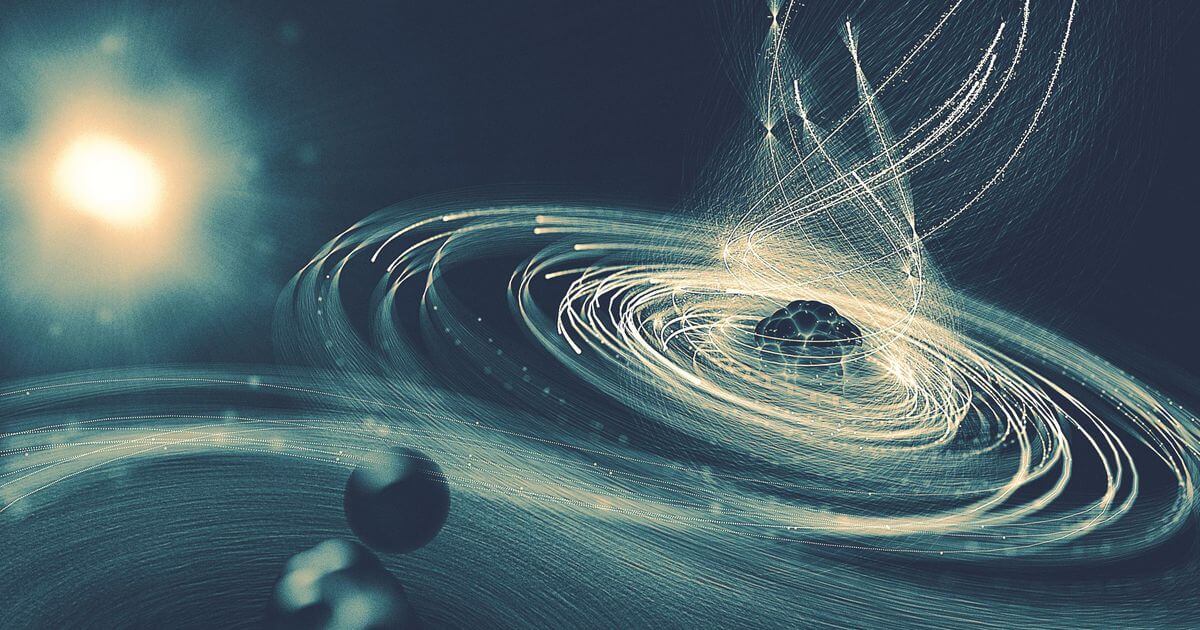- Get link
- X
- Other Apps

Do not be afraid of the title. The black hole, accidentally created by the employees of the National Accelerator Laboratory SLAC, turned out to be the size of just one atom, so that nothing threatens us. And the name "black hole" only remotely describes the phenomenon observed by researchers. We have repeatedly told you about the most powerful in the world X-ray laser, called the Linac Coherent Light Source (Linear source of coherent light - English.). This device was designed to enable researchers to see with their own eyes all the beauty of the microscopic level. But as a result of chance, the laser created a miniature molecular black hole.
In January 2012, LCLS was used to recreate a kind of tiny star in the laboratory. The laser created dense matter, heated to a temperature of 2 000 000 degrees Celsius. Scientists for some time approached the understanding of what is happening inside the sun. But the researchers did not have plans to create a black hole, even if it was molecular. This event was the result of pure chance in one of many experiments.
LCLS irradiates objects with incredibly bright X-ray flashes lasting only a few femtoseconds. In the course of the next experiment, scientists used mirrors to focus the laser beam into a spot with a diameter of only 100 nanometers, which is about 100 times less than usual. The purpose of the experiment was to study the reaction of heavy atoms to the impact of hard X-rays. That's why it was important to focus the laser beam as much as possible. The power obtained in the end can be compared with all the sunlight falling on the ground, if we focus it on a spot the size of a human nail.
All this energy scientists sent to xenon atoms, each containing 54 electrons each, and also to iodine atoms, each having 53 electrons. The researchers assumed that those electrons that are located closest to the center of the atoms will be removed, which, in fact, will allow for a while to create a semblance of "hollow atoms" until the electrons from the outer orbits begin to fill the gaps. In the case of xenon, this is exactly what happened. But iodine behaved quite differently. Its atoms, which are part of two molecules, after the loss of electrons turned into a kind of black hole that draws electrons from neighboring carbon and hydrogen atoms. The laser knocked out strangers drawn into the atom until it completely destroyed the entire molecule.
It was assumed that the iodine atom would lose only 47 electrons, but with the inclusion of retracted electrons from neighboring atoms, scientists counted 54 pieces. And this speech is about a smaller molecule. As for the large molecule, the researchers are still analyzing the results of the experiment. It is not so easy to do, but scientists plan to continue their research in this direction. The results of the unusual experience were published in the journal .
The article is based on materials .
- Get link
- X
- Other Apps
Comments
Post a Comment